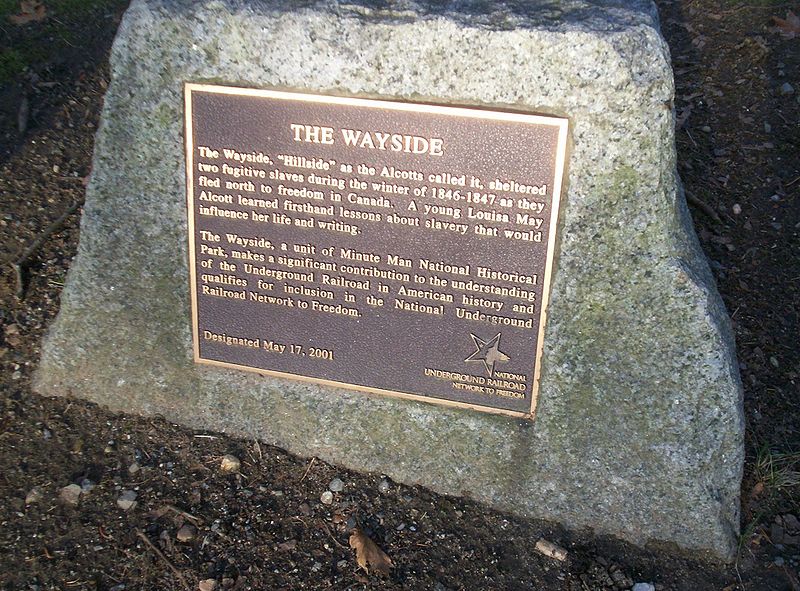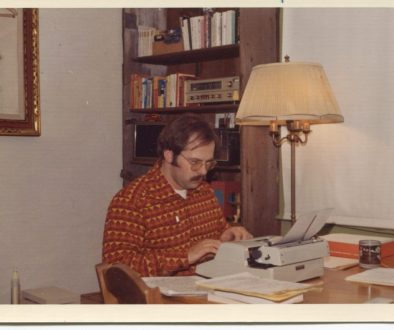America As Seen By Colson Whitehead
I recently took an author friend of mine from California on a tour of Concord, Massachusetts, including a visit to Nathaniel Hawthorne’s house, “Wayside.” (How could I not? He’s the namesake of the central character in my trilogy, Nathaniel Hawthorne Flowers.) As we left, I gazed, not for the first time, upon the stone outside the barn which bears the plaque reading:

It reminded me, again, of reading Colson Whitehead’s novel, The Underground Railroad, in which slaves from the Southern states were shuttled through vast distances of tunnels to the North and Canada. A fictional metaphor, obviously, but there was a real underground railroad populated with people’s homes where black people were sheltered and fed en route. Wayside was one such.
I was reminded once more of The Underground Railroad when I opened today’s New York Times Book Review, which features Whitehead’s new book, The Nickel Boys. Like its predecessor, it’s a historical novel concerned with the American white man’s oppression, belittling and gruesome brutalization of American blacks – this time young boys.
I will read The Nickel Boys because I believe it’s important to gain every perspective possible on our country’s intolerance and racial issues – especially in light of the abject racism personified by the man named Trump. But I wondered why Whitehead chose to write about his subject in fiction. A while back I read Killers of the Flower Moon by David Grann, a nonfiction book on white oppression and inconceivable cruelty of the Osage tribe of Native American Indians. It was a powerful and galling portrayal of men possessed of the most base human qualities.
So why would Whitehead choose to fictionalize these true stories? Well, because he’s a storyteller of the first caliber. Being possessed of a fine imagination means weaving the basic facts from the whole cloth of true events, and in my experience such fictionalizing is unavoidable. Moreover, creating one’s own characters allows the novelist to explore their thoughts and feelings in ways nonfiction cannot (or at least should not). The characters become dimensional, more than names, and have the potential to live in our memories for a long time.
For me in the 1960s, it’s the difference between seeing WHITES ONLY signs in a Biloxi, Mississippi bus station as contrasted with reading John Howard Griffin’s Black Like Me (although that was nonfiction, but written from his own experiences). Which, of course, raises yet another question: how can a white American possibly imagine what it’s like to be a Black American? Griffin wanted to find out. Whitehead’s stories help us get about as close as we can.




